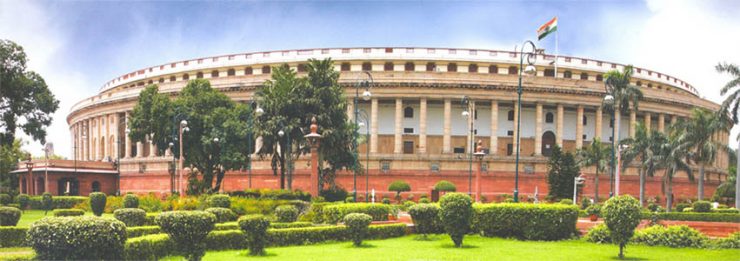
New Delhi: In the last three years from 2016 to 2018, 31 Indian Army soldiers were martyred on the India Pakistan border (LoC) due to terrorist attacks, Rajya Sabha was told on December 9.
All the forward posts are adequately strengthened to withstand terrorist attacks. Continuous improvements, including the usage of modern technology, in the defences are made to make them more robust and resilient. The Army also carries out indepth analysis of the terrorist incidents and security breaches that are identified with various incidents, Minister of State for Defence Shripad Naik said.
Defence Research and Development Organisation (DRDO) develops systems and equipment for the Armed Forces in various technology domains and those inducted into the Services or in the process of induction stands at over Rs 2.75 lakh crore.
A total of 45 different systems and equipment worth over Rs 1,18,882.6 crore designed and developed by DRDO have been approved for induction into the Services during the last five years. These systems include various types of platforms, Sonars, Radars, Software Defined Radios, Missile Systems, Gun Systems, Munitions and Bridging equipment.
During last five financial years (2014-15 to 2018-19), 93 contracts have been placed on foreign vendors out of which 18 contracts have been signed with Israel for capital procurement of defence equipment for the Indian Armed Forces.
According to figures given in Parliament, 6,026 army personnel are currently serving in the United Nations (UN) Peacekeeping operations. During the last five years, 10 Indian personnel have laid down their lives while serving in the United Nations Peacekeeping operations.
The personnel serving in the UN Peacekeeping operations are eligible for the welfare schemes applicable to the personnel from their respective parent force.
Modernisation of the Armed Forces is a systematic process undertaken through a 15 years Long Term Integrated Perspective Plan (LTIPP), Five Years Services Capital Acquisition Plan (SCAP) and the Annual Acquisition Plan (AAP).
The modernisation process aims at keeping the Indian Armed Forces in a state of operational readiness and optimally equipped with modern weapon systems. The budget allocation for modernisation of defence equipment is utilised to meet the urgent operational requirements of the defence forces and for acquisitions of contemporary systems based on the planned priorities of the defence forces.
Government is pursuing initiatives to achieve higher levels of indigenisation and self-reliance in the defence sector by harnessing the capabilities of the public and private sector industries in the country. These measures include according priority and preference to procurement from Indian vendors and liberalisation of the licensing regime.
Defence Procurement Procedure (DPP) accords the highest priority to Buy Indian (Indigenously Designed, Developed and Manufactured) (IDDM). The ‘Make’ procedure has been simplified with provisions for earmarking projects not exceeding development cost of Rs 10 crores (government funded) and Rs three crores (Industry funded) for Micro, Small and Medium Enterprises (MSMEs); and with provisions for involving private industry as production agencies and technology transfer partners.
During last five financial years (2014-15 to 2018-19), 164 contracts worth about Rs 1,49,259.07 crore have been signed with Indian vendors for capital procurement of defence equipment for Armed Forces.
During last three financial years (2016-17 to 2018-19), 149 capital acquisition contracts have been concluded, out of which 58 contracts worth about Rs 1,38,727.16 crore and 91 contracts worth about Rs 76,955.73 crore have been placed on foreign vendors and Indian vendors respectively for procurement of defence equipment for the Indian Armed Forces.








